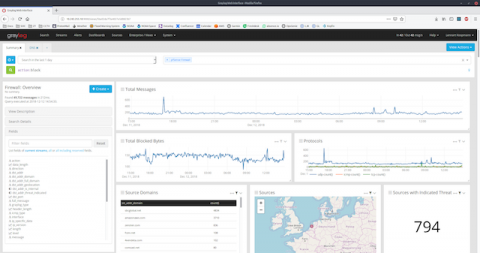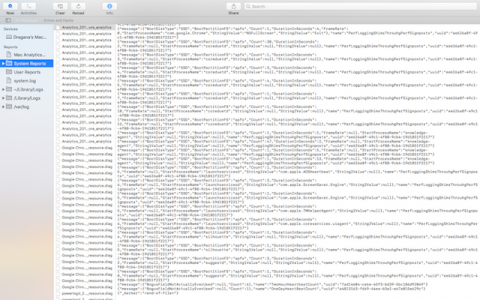How Graylog's Advanced Functionalities Help You Make Sense of All Your Data
The inherent limitations of most log managers and the need to work within the constraints of your current hardware may force your enterprise to make some hard choices. Less useful data may be left unchecked, old information will eventually get deleted, and the amount of data that is accessed in real-time is sacrificed to reduce excess workload.







